Market Analysis
In-depth Analysis of Refining Catalysts Market Industry Landscape
The refining catalyst market operates within a complex framework influenced by various factors. At its core, the demand for refining catalysts is intricately tied to the global petroleum industry. This industry, which encompasses refining operations, is driven by factors such as crude oil prices, technological advancements, environmental regulations, and market demand for refined petroleum products. Fluctuations in crude oil prices significantly impact the profitability of refining operations, directly affecting the demand for catalysts. When crude prices are high, refiners seek to maximize efficiency and yield through the use of catalysts, whereas during periods of low prices, cost-saving measures may lead to reduced catalyst consumption.
On the basis of type, hydrocracking catalyst segment is expected to exhibit the highest growth during the forecast period. The hydrocracking catalysts are used extensively because it does not produce coke as a by-product, which results in the efficient conversion of feedstock. On the basis of the ingredient, the metal segment accounted for the largest share in 2019 and is anticipated to exhibit the same trend during the forecast period. The metals are highly employed in hydrocracking and hydrotreating for the removal of unwanted particles and for reducing emissions of harmful gases. Thereby, the growing demand for less emitting fuel owing to the stringent government regulations is majorly contributing to the growth of the segment.
Technological advancements play a crucial role in shaping the market dynamics of refining catalysts. Continuous research and development efforts aim to improve catalyst efficiency, selectivity, and longevity, thereby enhancing the overall performance of refining processes. Catalyst manufacturers strive to innovate new formulations and manufacturing techniques to meet the evolving needs of refiners, such as increasing the production of high-value products like gasoline and diesel while minimizing the generation of unwanted by-products.
Environmental regulations exert a significant influence on the refining catalyst market. Stringent emissions standards and mandates to reduce the sulfur content in transportation fuels have compelled refiners to invest in advanced catalyst technologies that facilitate cleaner and more efficient refining processes. Catalysts capable of selectively removing sulfur, nitrogen, and other pollutants from crude oil feedstocks play a crucial role in ensuring compliance with regulatory requirements while minimizing environmental impact.
Market demand for refined petroleum products serves as a primary driver for the refining catalyst market. Economic growth, industrialization, and urbanization in emerging economies contribute to rising consumption of fuels and petrochemicals, thereby driving demand for refining capacity expansion and catalysts. Additionally, shifting consumer preferences towards cleaner and higher-quality fuels necessitate the use of advanced catalysts to meet stringent product specifications and quality standards.
The competitive landscape of the refining catalyst market is characterized by the presence of several major players, each vying for market share through product differentiation, innovation, and strategic collaborations. Key market participants engage in extensive research and development activities to maintain a competitive edge and cater to the diverse needs of refiners worldwide. Furthermore, mergers, acquisitions, and partnerships are common strategies employed by companies to expand their market presence and enhance their product portfolios.
Geopolitical factors and supply chain dynamics also impact the refining catalyst market. Regional variations in crude oil availability, refining capacity, and regulatory frameworks influence the demand for catalysts in different parts of the world. Furthermore, disruptions in the supply chain, such as trade tensions, natural disasters, or logistical challenges, can affect the availability and pricing of raw materials essential for catalyst manufacturing, thereby impacting market dynamics.

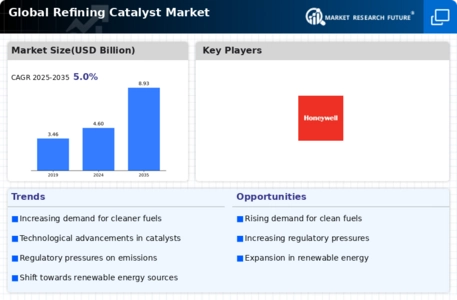

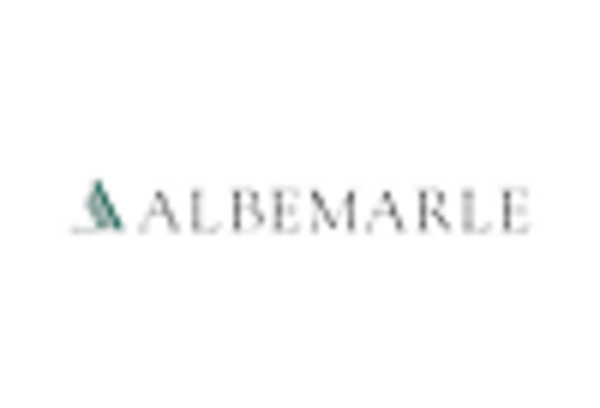

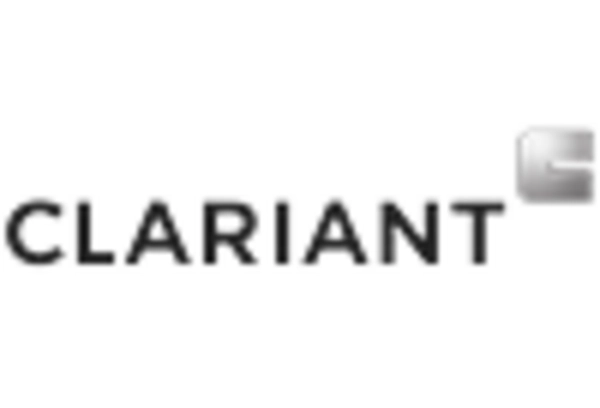
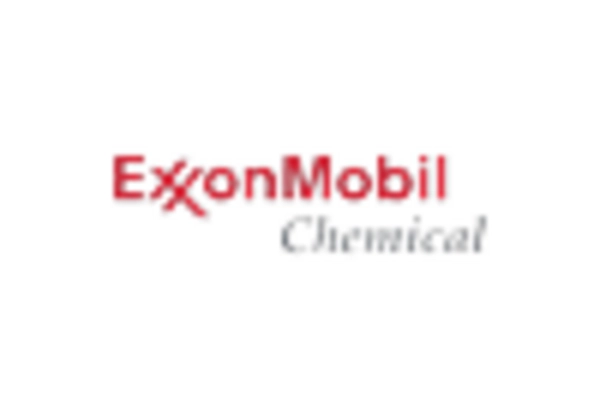
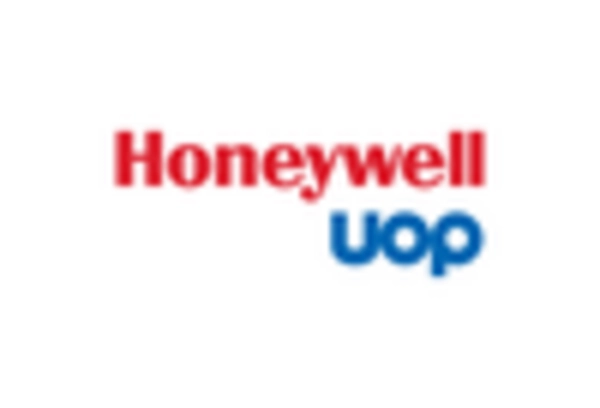
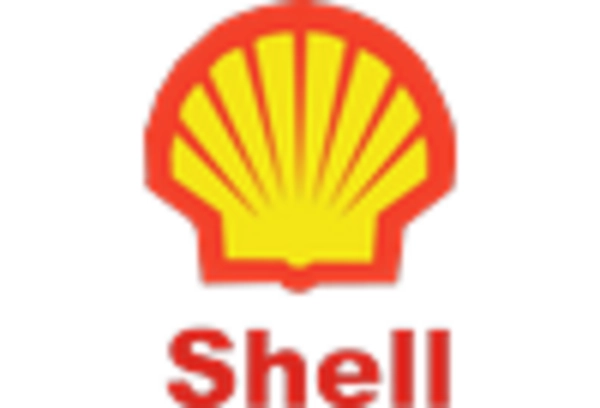

Leave a Comment